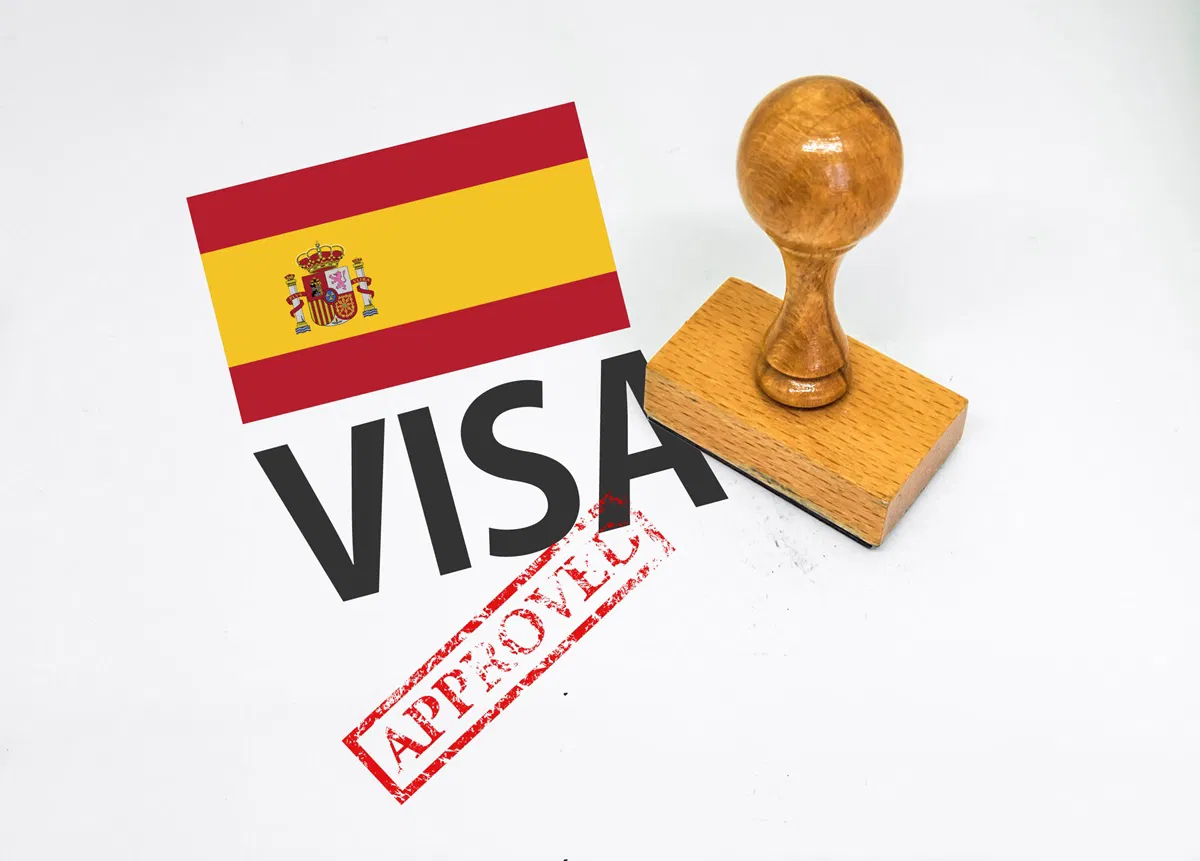Copyright euroweeklynews

If you’ve been dreaming of swapping drizzle for sunshine, the Spanish Non-Lucrative Visa (NLV) might look like your golden ticket. For thousands of Britons, the dream of swapping grey skies for golden ones is alive and well. But since Brexit, that dream comes with a small mountain of paperwork – and a rather specific bank balance. The Non-Lucrative Visa (NLV) has become the go-to route for anyone who wants to live in Spain without working. It’s popular among retirees, semi-retired couples, and those with decent savings or passive income. But one question keeps coming up again and again: how much money do you actually need to prove? Let’s get into it. What exactly is the Non-Lucrative Visa? Think of it as Spain’s way of saying: “You’re welcome to stay, as long as you can support yourself.” The NLV allows non-EU citizens to live in Spain for over 90 days without taking up paid work there. It’s perfect if you’re retired, living off a pension, or earning from investments or rental income outside Spain. What you can’t do is work for a Spanish company, or earn income locally. Even remote work gets a bit complicated (we’ll come back to that). The visa lasts for a year, and you can renew it for two years at a time. The renewal process is simpler than the first application, but the financial bar rises—because you have to prove you can afford to live in Spain for two more years in one go. The magic number: 400% of IPREM Every January, Spain updates something called the IPREM – a benchmark figure used to calculate benefits, subsidies, and, in our case, visa thresholds. For 2025, IPREM is €600 a month, or €7,200 a year. To qualify for the NLV, you need to show: €28,800 per year for yourself (that’s 400 per cent of IPREM) €7,200 extra for each dependent – so €36,000 for a couple, €43,200 for a family of three, and so on. And when it’s time to renew? Double those figures. Yes, really. A single applicant will need to show €57,600 for a two-year renewal. It’s not cheap – but it’s Spain’s way of making sure you won’t need public support once you arrive. Savings, income, or both? This is where things get interesting. The rules say you must have ‘sufficient financial means,’ but they don’t tell you exactly what form that money should take. Most consulates will accept either: Regular income (such as pensions, annuities, or investments), or Savings (lump sums that clearly cover your living costs). If you’re applying through the Spanish Consulate in London, expect them to look closely at your documents. They usually ask for bank statements covering the previous year, with clear details of the account, balances, and average holdings. In the US, some consulates only want the last three months – but London tends to be stricter. Whatever you use, make sure your money is easy to trace, clearly in your name, and not sitting in an account that requires a 90-day notice to access. Health insurance or S1: what Britons should know Healthcare is another key part of the visa, and it’s one where British applicants have an advantage – at least some of them. If you’re a UK State pensioner, you can use your S1 form (available through the NHS) instead of buying private health insurance. The Spanish Consulate in London explicitly accepts the S1 as valid medical cover for the NLV. For everyone else, private health insurance is mandatory. It has to be from a Spanish company, offer full coverage (no co-payments or exclusions), and last the full length of your visa. So, if you’re not yet retired, budget an extra €500–€1,000 a year for a suitable policy. Where do you apply from the UK? All UK residents apply through BLS International, which has offices in London, Manchester, and Edinburgh. Your local office depends on your home address. Each BLS centre forwards applications to the Spanish Consulate for approval, and the paperwork list is long but manageable. You’ll need: An ACRO police certificate (with translation and apostille) A medical certificate Proof of income or savings Health insurance (or your S1) Completed forms, photos, and fees Most of it has to be translated into Spanish by a sworn translator (traductor jurado) and apostilled in the UK. Appointments can take several weeks to get, and summer is usually the busiest period. Taxes: the 183-day rule you can’t ignore Here’s a detail many applicants overlook: if you spend more than 183 days a year in Spain, you automatically become a Spanish tax resident. That means you’ll need to declare your worldwide income to the Spanish tax authorities, even if it’s all earned abroad. It doesn’t mean you’ll be double-taxed – the UK and Spain have a treaty to prevent that – but you’ll have to file in Spain and show what you earn elsewhere. It’s worth getting a tax adviser early.. Can you work remotely? Officially, no. The Non-Lucrative Visa doesn’t allow you to work while living in Spain. But there’s nuance here. If your clients or employer are outside Spain, and your income is paid into a non-Spanish account, many expats do continue to work remotely – quietly. It’s not technically within the visa’s terms, but as long as no Spanish business is involved, most consulates turn a blind eye. Still, if remote work is part of your plan, Spain’s Digital Nomad Visa might be a safer (and more flexible) choice. It allows remote income legally and often comes with tax perks. Renewal shock: why the second step costs more Here’s the part that catches people off guard. When you apply to renew your NLV, the authorities ask for proof of financial means for the next two years, not just one. So, your bank balance or income has to show you can cover 24 months of living costs—€57,600 if you’re alone, or €72,000 for a couple. If your finances have dropped since your first approval, or if your statements look inconsistent, renewals can get tricky. Planning ahead and maintaining steady balances is the key. Golden Visas are gone – so what’s left? Spain officially scrapped its Golden Visa in April 2025, closing the door on the ‘buy property and get residency’ route. That makes the Non-Lucrative Visa, along with the new Digital Nomad Visa, the two main options left for Britons. If you don’t plan to work and you’ve got the funds, the NLV remains the simplest and most stable way to settle here. So… is it worth it? It depends what you’re after. If your dream is to wake up to the sound of cicadas instead of car alarms, sip coffee in a plaza, and forget what a grey February looks like, then yes – it’s worth every penny. The process isn’t impossible. It just takes patience, organisation, and honesty about your finances. Once you’re approved, you’ll have a full year to settle in, join the local ayuntamiento, and start living the life that made you apply in the first place. The Non-Lucrative Visa won’t suit everyone, but for many Britons, it’s still the surest path to a legal, sun-soaked life in Spain – no spreadsheets, no Zoom meetings, and no commute.



